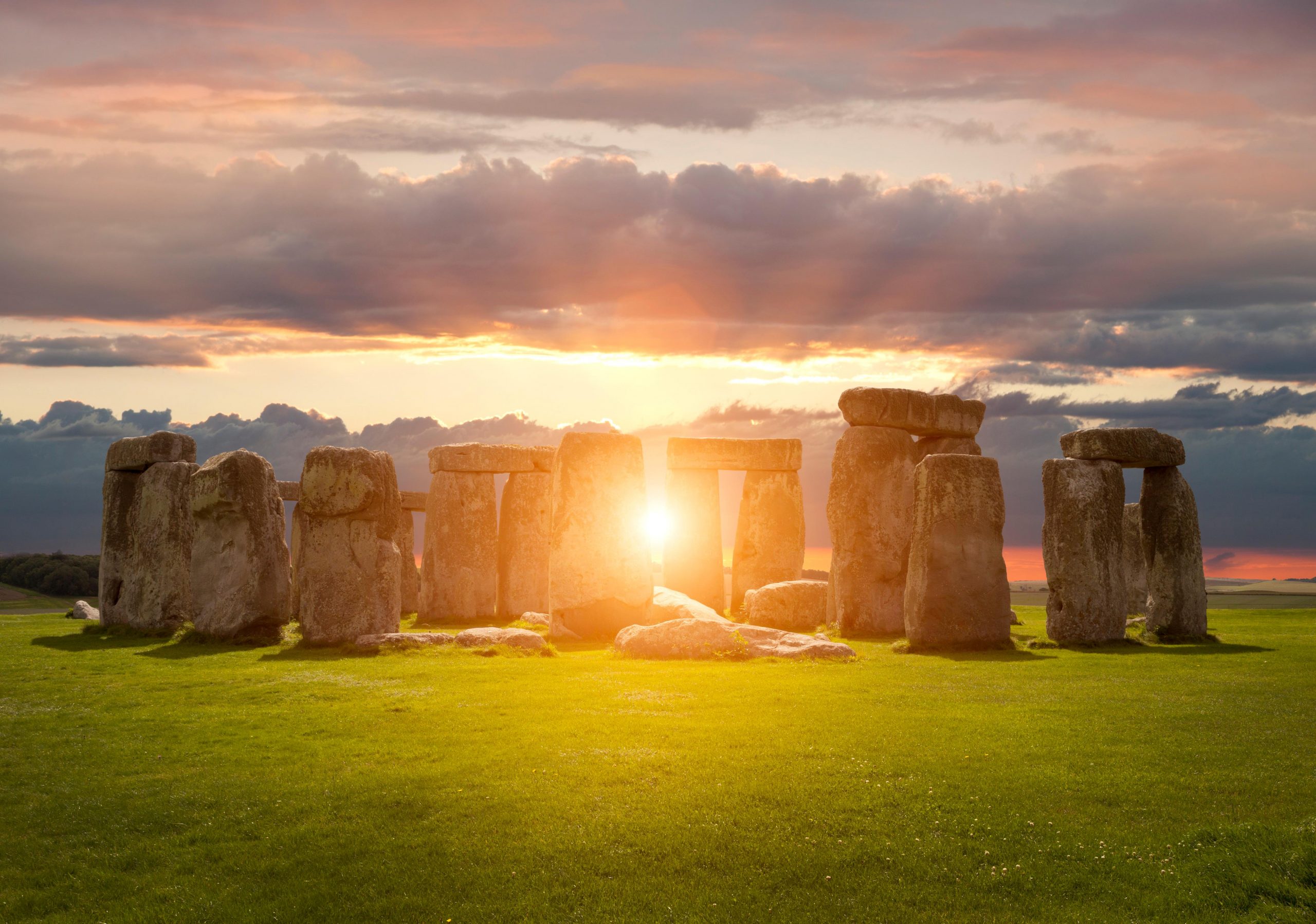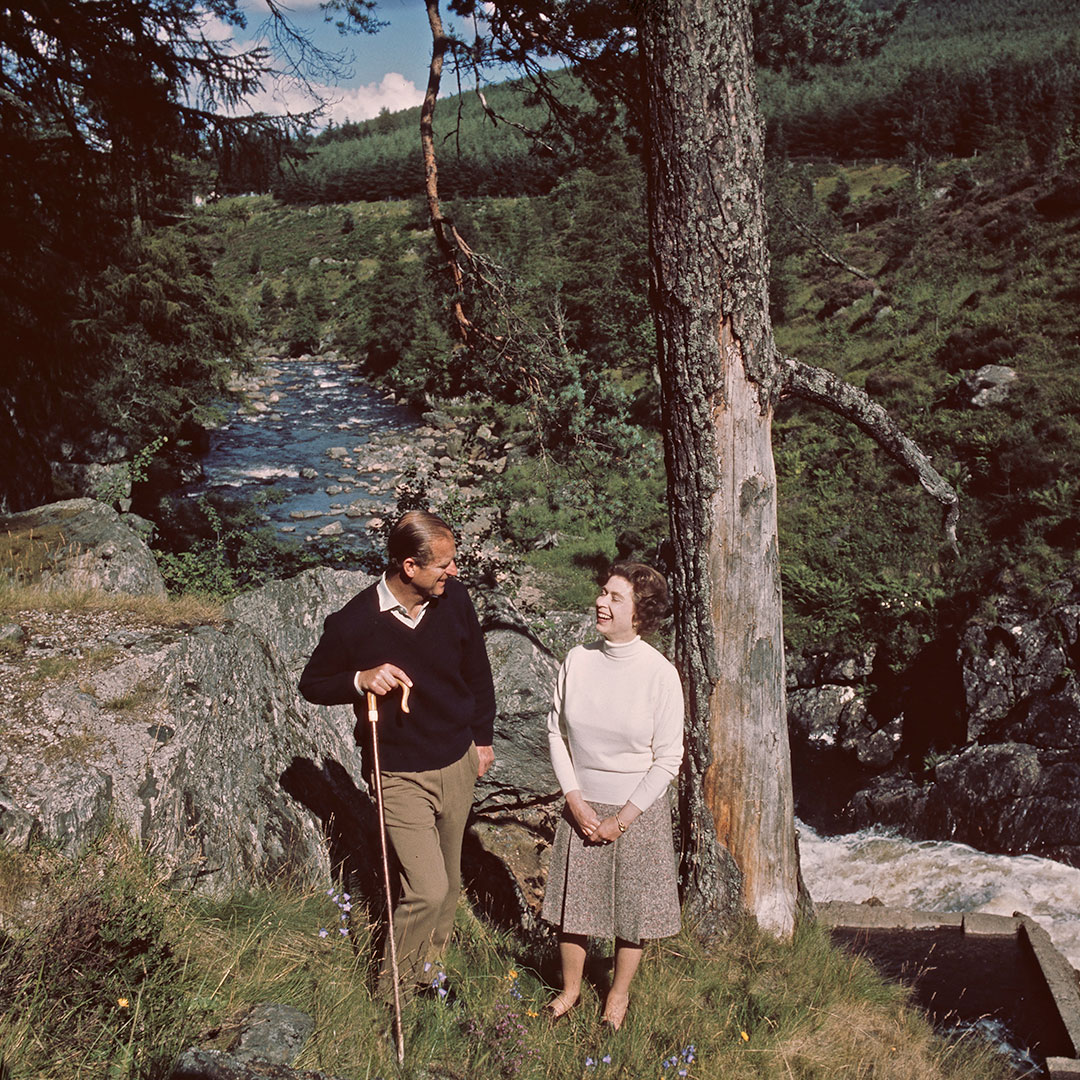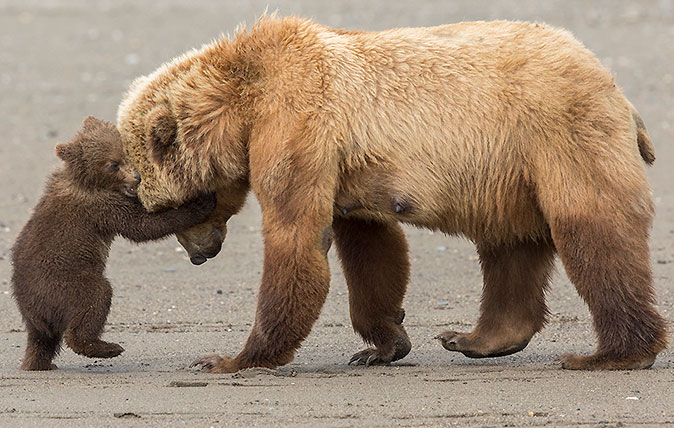Curious Questions: When does summer actually start?
You'd think it would be simple. It's anything but, as Martin Fone discovers.


Do you remember those far-off days when you could travel anywhere almost at the drop of a solar topee? Back in that era I went to India, one of the most discombobulating countries I have ever visited. And among the sights that most boggled my mind was the Vrihat Samrat Yantra, located in the Jantar Mantar in Jaipur, an astronomical testament to mathematical exactitude.
In design it is simplicity itself, being little more than a sundial, albeit on a monumental scale. The gnomon is a triangular wall, 88-feet at its highest point. Its hypotenuse is aligned to run from north to south and elevated at an angle of 27 degrees above the northern horizon, matching Jaipur’s latitude of 27 degrees north.
In other words, it points to the celestial north. At the base, and positioned on either side of the ramp are two quadrants, lying parallel to the plane of the equator.
Built in the early 1730s under the direction of the Rajput king, Sawal Jai Singh II, the Samrat Yantra, also known as the 'Supreme Instrument', measures time to an accuracy never previously achieved, theoretically to within two seconds, the passage of time depicted by the gap between each of the fine markings on the surface of the quadrant. The reality, though, is that, depending upon the time of day, the soft edge of the shadow cast by the gnomon can cover six or seven of the markings.
My recommendation is that you visit it just before midday because you will see something truly spectacular. Precisely at noon the shadow cast by the gnomon which was on the western quadrant will suddenly appear on the eastern, as if it had passed through the brick wall. If I had not seen it with my own eyes, I would have not believed it. I left in awe at the astronomical knowledge and mathematical precision that must have gone into constructing and positioning the gnomon to pull off such an illusion.
The sun is so important for life on this planet that it is no surprise that man has long been in awe of it, worshipped it and plotted its trajectory. Here in Britain, the most famous, but by no means the only, structure that tracks the sun at the solstice is the stone circles at Stonehenge. While larger crowds are drawn to observing the sunrise at the summer solstice, the prospect of better weather may have something to do with it, the position of the sun is most accurately aligned to Stonehenge’s tallest Trilothon — the technical term for two vertical stones with a horizontal one atop — when the sun sets on the midwinter solstice.
It is still a matter of debate whether the primary purpose of the monument was to trace the trajectory of the sun at the solstices. Stonehenge’s precise purpose may have been lost in the mists of time but, in relatively modern times, its alignment with the sun was not noted until 1740 when William Stukeley wrote that, 'the Avenue… answers, as we have said before, to the principal line of the whole work, the north-east, whereabouts the sun rises, when the days are longest.'
Exquisite houses, the beauty of Nature, and how to get the most from your life, straight to your inbox.

The summer solstice marks the point at which the Earth arrives at the point in its orbit around the Sun where the North Pole is at its maximum axial tilt, 23.44 degrees. In layman’s terms that means that we have reached the point in the calendar when the day is at its longest and, conversely, the night is at its shortest. The vagaries of the Earth’s orbit around the sun and our dating system mean that the solstice is another one of those frustratingly moveable feasts, falling anywhere between June 20th and June 22nd each year.
In 2024 it falls on Thursday 20 June at 9.51PM BST. To complicate matters, although it falls at the same moment in time all over the northern hemisphere, the date on the calendar can depend upon the location’s time zone. The solstice sunset or sunrise can occur on the next day in areas further east of the Greenwich meridian, and on the day before in the far west.
The word solstice is derived from two Latin words, sol meaning sun and sistere, a verb best translated as to stand still, a reference to it being the time when the movement of the sun’s path, as seen from the Earth, seems to pause in the sky before changing direction. Curiously, the earliest sunrise of the year does not occur then. Instead, that happens on June 14th when, in London, it rises at 4.42 am. And, yes, the summer solstice has coincided with a full moon, a phenomenon last seen in 2016 and not due to recur until 2062.
Once the summer solstice has passed, the days will shorten, a thought I always find a tad depressing, but at least there is the consolation that the temperatures should continue to rise, to reach their annual peak a few weeks later. This is because although the sun has passed its zenith, water, which makes up the majority of our planet’s surface, takes longer to warm up and, so, our temperature cycle is always a little out of step with the sun’s progress.
"I have no reason for such exactitude and prefer to keep in touch with my inner Druidic spirit"
As a child I was always taught that the key moments of the earth’s orbit around the sun, the summer and winter solstices, marked the start of the summer and winter seasons respectively, and that the equinoxes, vernal and autumnal, when the day is as long as the night, heralded the beginning of spring and autumn. The problem with this view of the seasons is that they are not fixed absolutely in the calendar and vary in length between 88 and 93 days. Those charged with observing and studying the climate preferred to have more certainty over the beginning of the seasons. Fixed starting points and more consistent lengths made it easier to keep records, to compare between years and to make predictions.
The Societas Meteorologica Palatina, founded in Mannheim by Elector Karl Theodor in 1780, and the first company to organise, conduct and publish weather observations worldwide, defined the seasons as fixed periods in the calendar lasting three months each. Although the sun soon set on the society (it was dissolved around 1792) professional meteorologists around the world adopted their proposals. To this day the meteorological summer starts on June 1st, autumn on September 1st. winter on December 1st, and spring on the first day of March. Leaving aside the calendrical adjustment for leap year, each season, year on year, is the same length.
With two systems in use it is all a bit confusing, even before you consider that this is a northern hemispherical view of the seasons. In the southern hemisphere the solstices and equinoxes are the other way around, — the polar opposites, you might say — while in the tropics the only seasons anyone thinks about are the rainy and the dry.
As I have no reason for such exactitude and prefer to keep in touch with my inner Druidic spirit, summer begins for me when I see a picture of the sun rising through the stones of Stonehenge.
A version of this story was originally published in 2020.

16 fascinating pictures showing life in 1918, from the Country Life Picture Library

20 rare and wonderful pictures of The Queen and Prince Philip
With Her Majesty the Queen and the Duke of Edinburgh both now having passed away, we take a look back

Wildlife Photographer of the Year: 13 magnificent pictures and the stories behind them
The stories behind these shortlist pictures from the Natural History Museum's much-loved Wildlife Photographer of the Year competition are as

Credit: Jack Lowe
A stunning photographic tribute to the brave men and women of the RNLI goes on display
Professional photographer Jack Lowe is in the midst of a five-year project to document the extraordinary work done by the
After graduating in Classics from Trinity College Cambridge and a 38 year career in the financial services sector in the City of London, Martin Fone started blogging and writing on a freelance basis as he slipped into retirement. He has developed a fearless passion for investigating the quirks and oddities of life and discovering the answers to questions most of us never even think to ask. A voracious reader, a keen but distinctly amateur gardener, and a gin enthusiast, Martin lives with his wife in Surrey. He has written five books, the latest of which is More Curious Questions.
